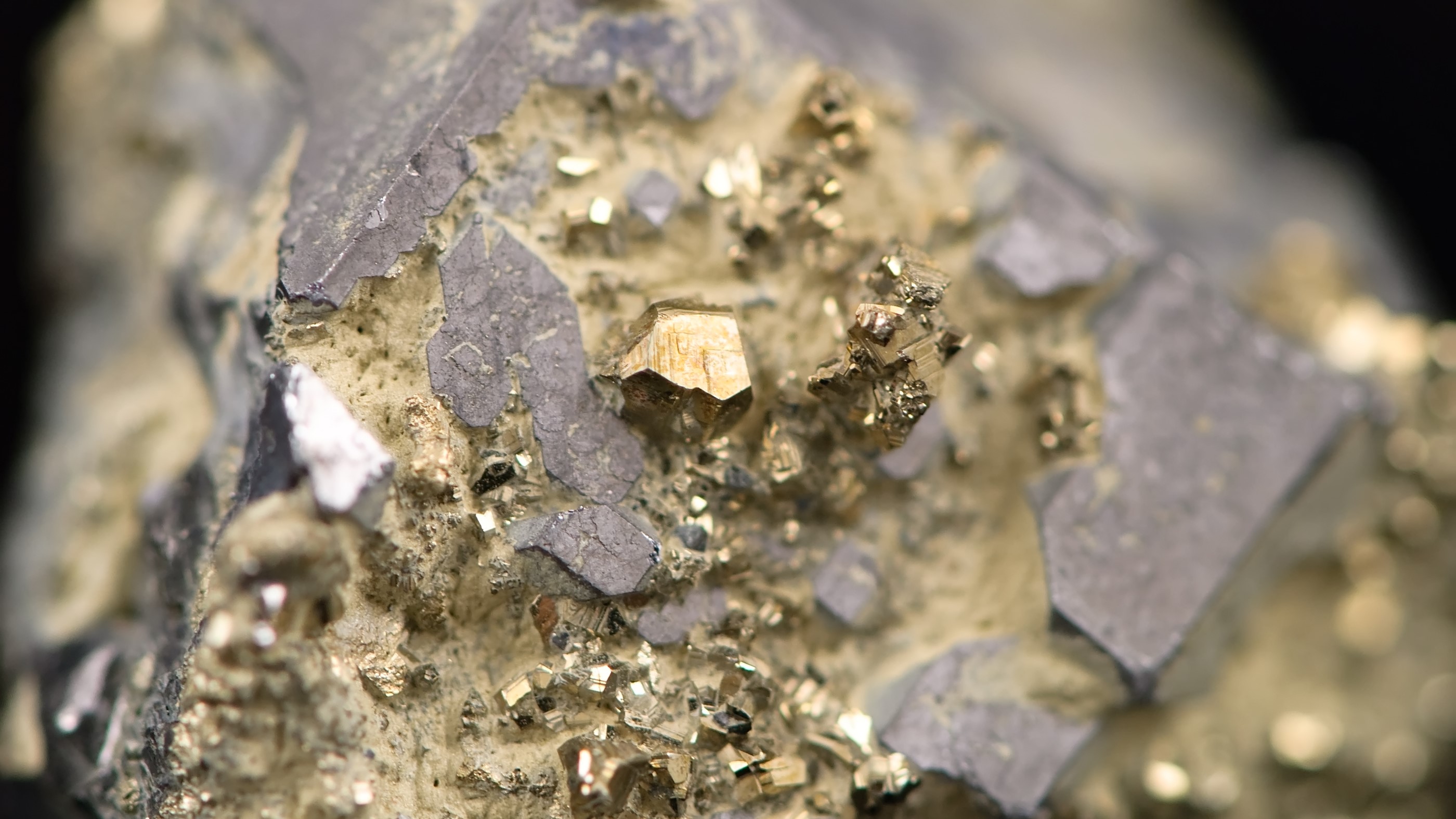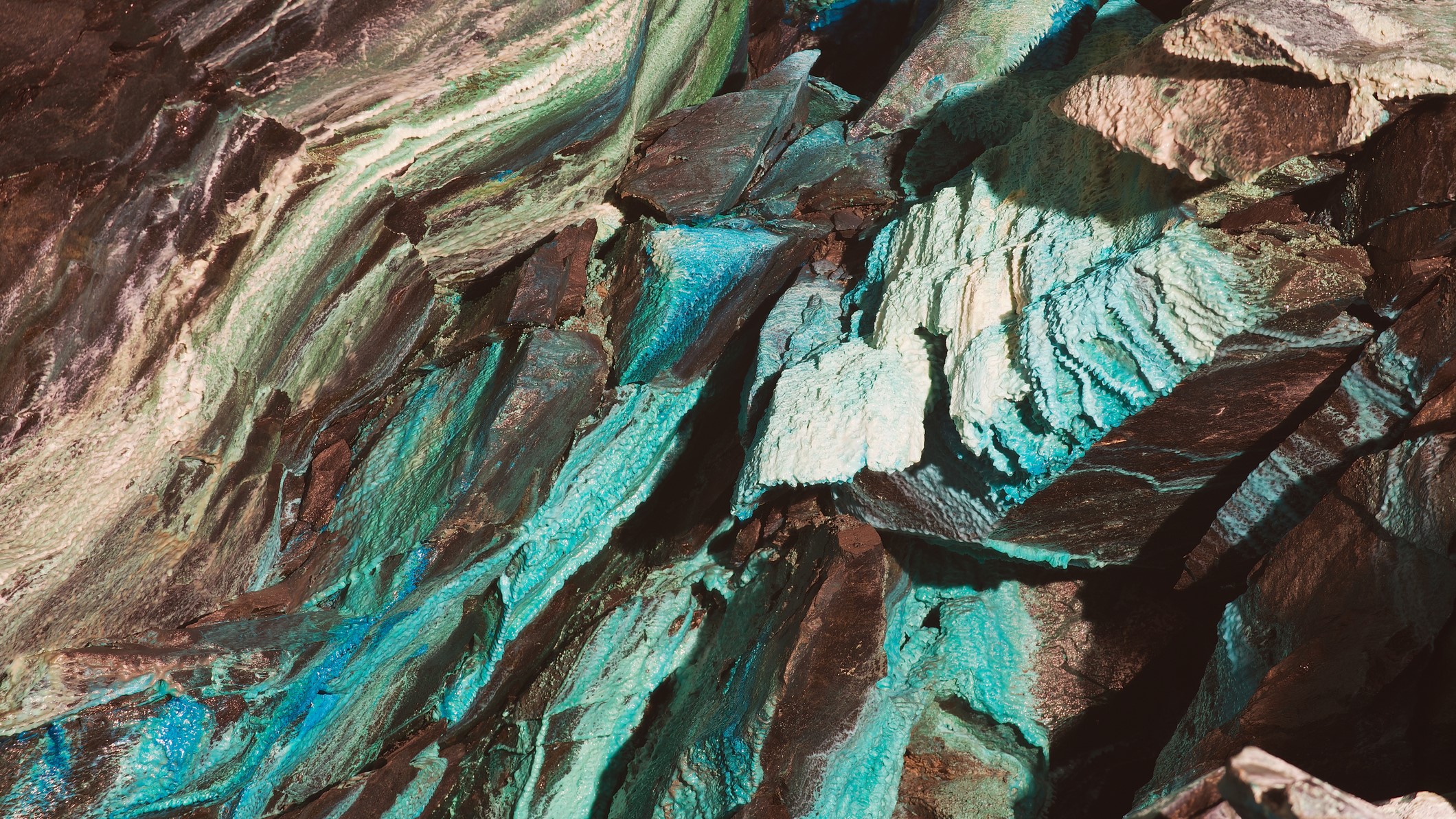What's the difference between a rock and a mineral?
Rocks and minerals are closely related, but there are fundamental differences between the two.

Rocks and minerals hold precious clues about how Earth formed and evolved over billions of years — but what is the difference between the two?
In essence, rocks are aggregates of two or more minerals. Minerals, meanwhile, are solids that, with a few exceptions such as diamonds, lack carbon and are arranged in an orderly, repeating "crystal structure."
"Minerals are basically the building blocks of rocks," Erika Anderson, an honorary curator of mineralogy and petrology at the University of Glasgow's Hunterian Museum in Scotland, told Live Science. "It's kind of like atoms in a molecule, so minerals are the atoms."
Each type of mineral has a unique crystal structure, which results from its chemical composition and dictates a set of physical properties, such as hardness, color or magnetism, according to the United States Geological Survey (USGS). For instance, halite — the natural form of sodium chloride (NaCl), from which table salt is made — is a soft mineral that forms clear, cube-shaped crystal fragments. Different minerals, like aragonite (CaCO3) and calcite (CaCO3), can have the same chemical makeup, but their crystal structure and physical properties differ because of how they each formed.
"For each mineral, they will have a set way that those atoms bond together," Anderson said. "Some minerals have the exact same elements in them, but they're bonded differently, so it makes them different minerals."
A good example of a mineral is quartz, which is found across the world and in different rocks, such as granite and quartzite, Anderson said. Quartz is made of the chemical elements silicon and oxygen and has the chemical formula (SiO2). The mineral is colorless in its pure form, but impurities can either make quartz crystals appear opaque or stain them pink, purple, yellow or brown.
Sign up for the Live Science daily newsletter now
Get the world’s most fascinating discoveries delivered straight to your inbox.
As of May 2024, the International Mineralogical Association — the scientific body responsible for identifying, approving and naming minerals — listed 6,050 mineral species. Experts distinguish minerals based on their crystal structure, which is the specific way in which their atoms or elements are arranged.
While some minerals like halite have relatively simple crystal structures, others can contain 10 or more elements, such as khomyakovite and georgbarsanovite.
"We're constantly finding new minerals, because we're exploring areas that might have conditions we didn't know about," Anderson said.
The rock cycle

There are three main types of rock — igneous, sedimentary and metamorphic — with varying mineral mixes depending on where and how the rock came to be.
Igneous rocks — which form as magma solidifies either deep within Earth or at the surface after a volcanic eruption, for example — contain a limited number of minerals that crystallize, Richard Bevins, an honorary professor of Earth sciences at Aberystwyth University in the U.K., told Live Science in an email. "These are termed the common rock-forming minerals and include feldspar, olivine, pyroxene, mica, quartz and amphibole."
Igneous rocks may be subjected to high heat and pressure, or exposed to fluids that alter their mineral composition. Once their mineral composition changes, the rocks are considered metamorphic, with examples including phyllite, schist, quartzite and marble. Igneous and metamorphic rocks on Earth's surface inevitably erode and break up as wind and water go to work on them. The fragments are transported and form deposits that solidify into new rocks called sedimentary rocks. "Sedimentary rocks are principally composed of minerals present in the rocks that were eroded to form the sediment," Bevins said.
In general, the process by which rocks are continually recycled and transformed by geological processes is known as the rock cycle.
Some rocks are mono-mineralic, meaning they only contain one mineral. Limestone, for example, is a sedimentary rock made exclusively of the mineral calcite (CaCO3). Glacier ice too, is a type of rock composed of crystals of water.
In 2014, scientists proposed naming a new type of rock derived from plastic pollution: plastiglomerate. A team found that plastic littering a beach in Hawaii had melted and glued natural sediments together, forming rock-like lumps. And like rocks, researchers said those plastiglomerates may forever remain in the geological record and mark the fragment of Earth's history that we inhabit.
Editor's Note: This story was updated at 10:30 EDT to note that most, but not all, minerals lack carbon (diamond being a notable exception). It was also updated to note that the crystal structure dictates a mineral's physical properties.

Sascha is a U.K.-based staff writer at Live Science. She holds a bachelor’s degree in biology from the University of Southampton in England and a master’s degree in science communication from Imperial College London. Her work has appeared in The Guardian and the health website Zoe. Besides writing, she enjoys playing tennis, bread-making and browsing second-hand shops for hidden gems.









